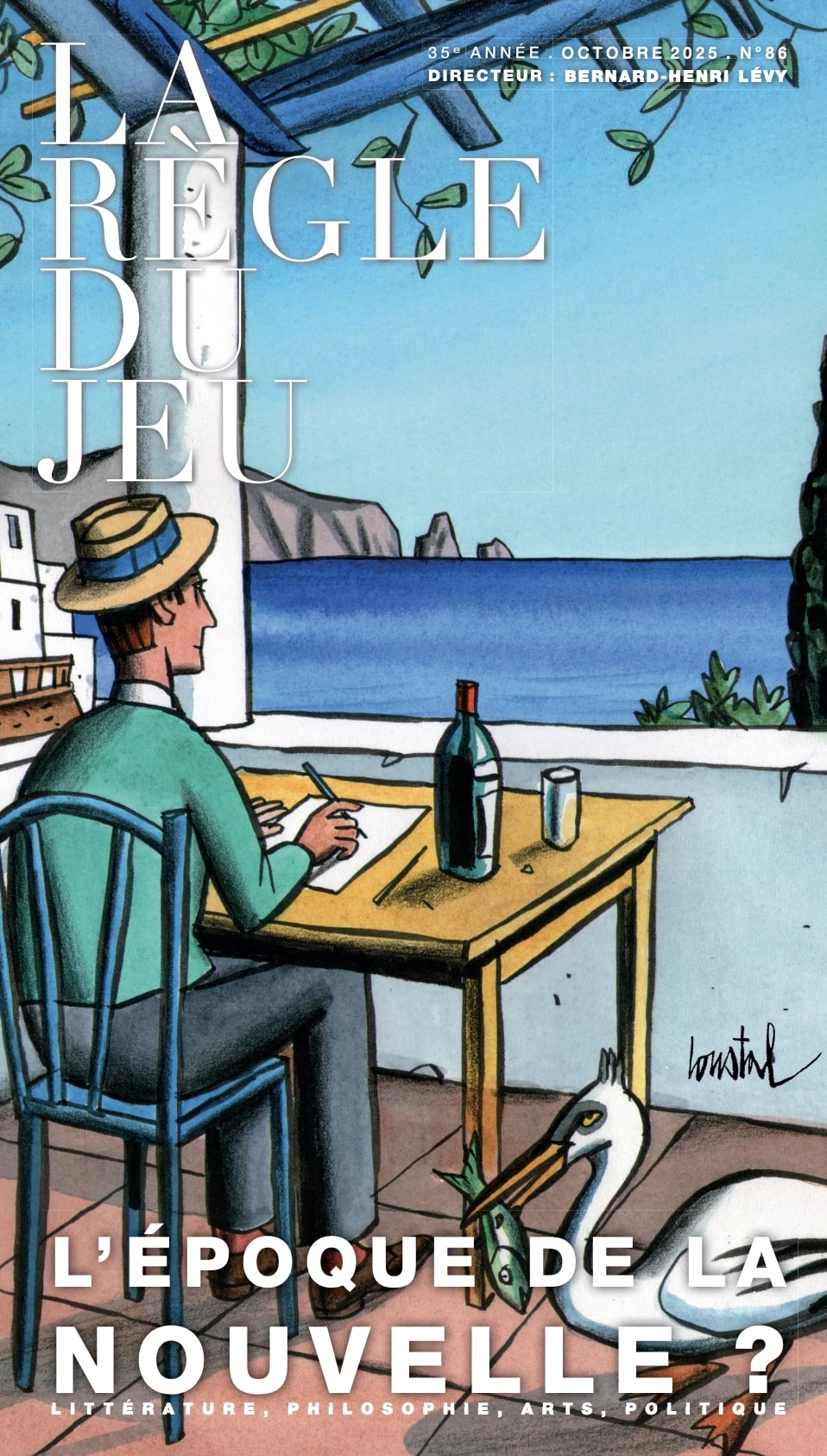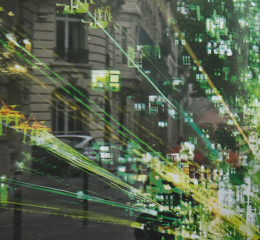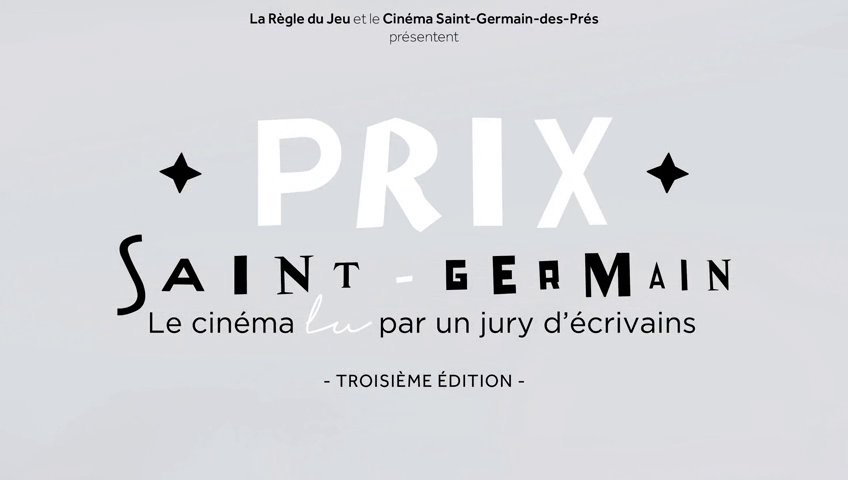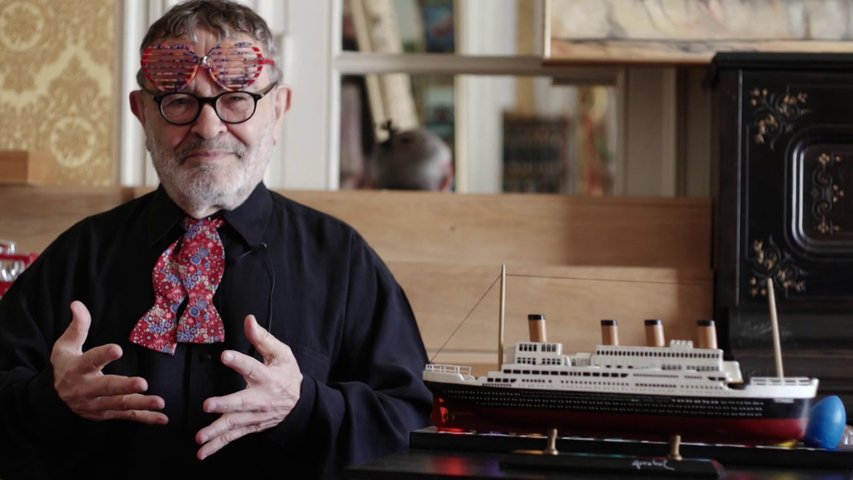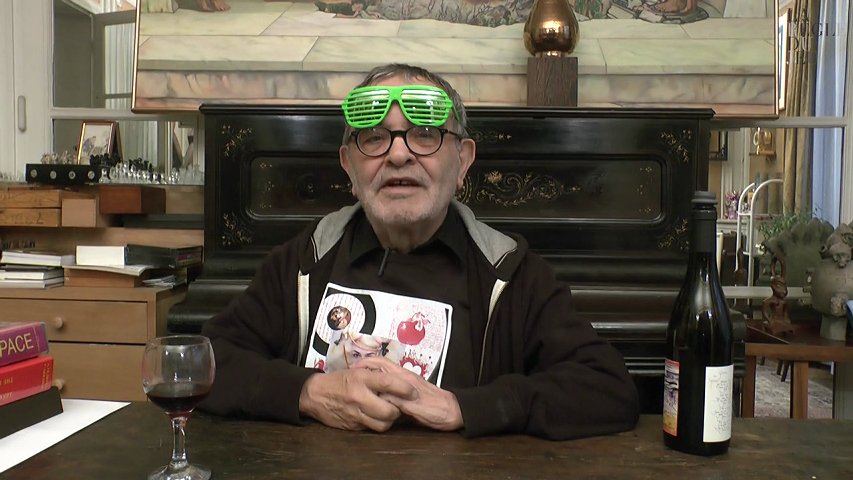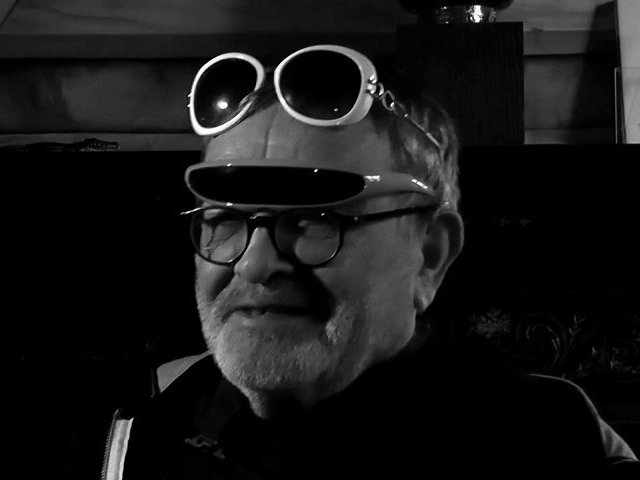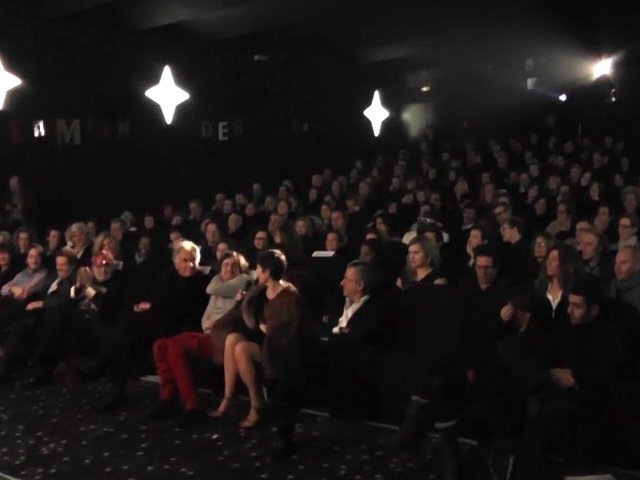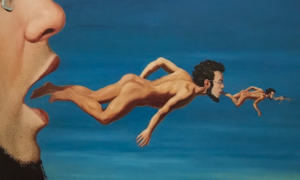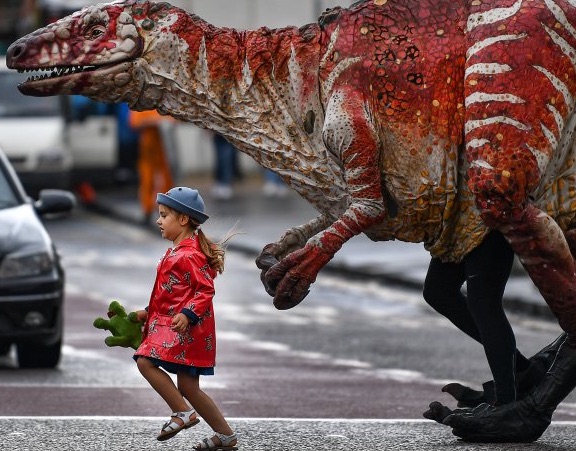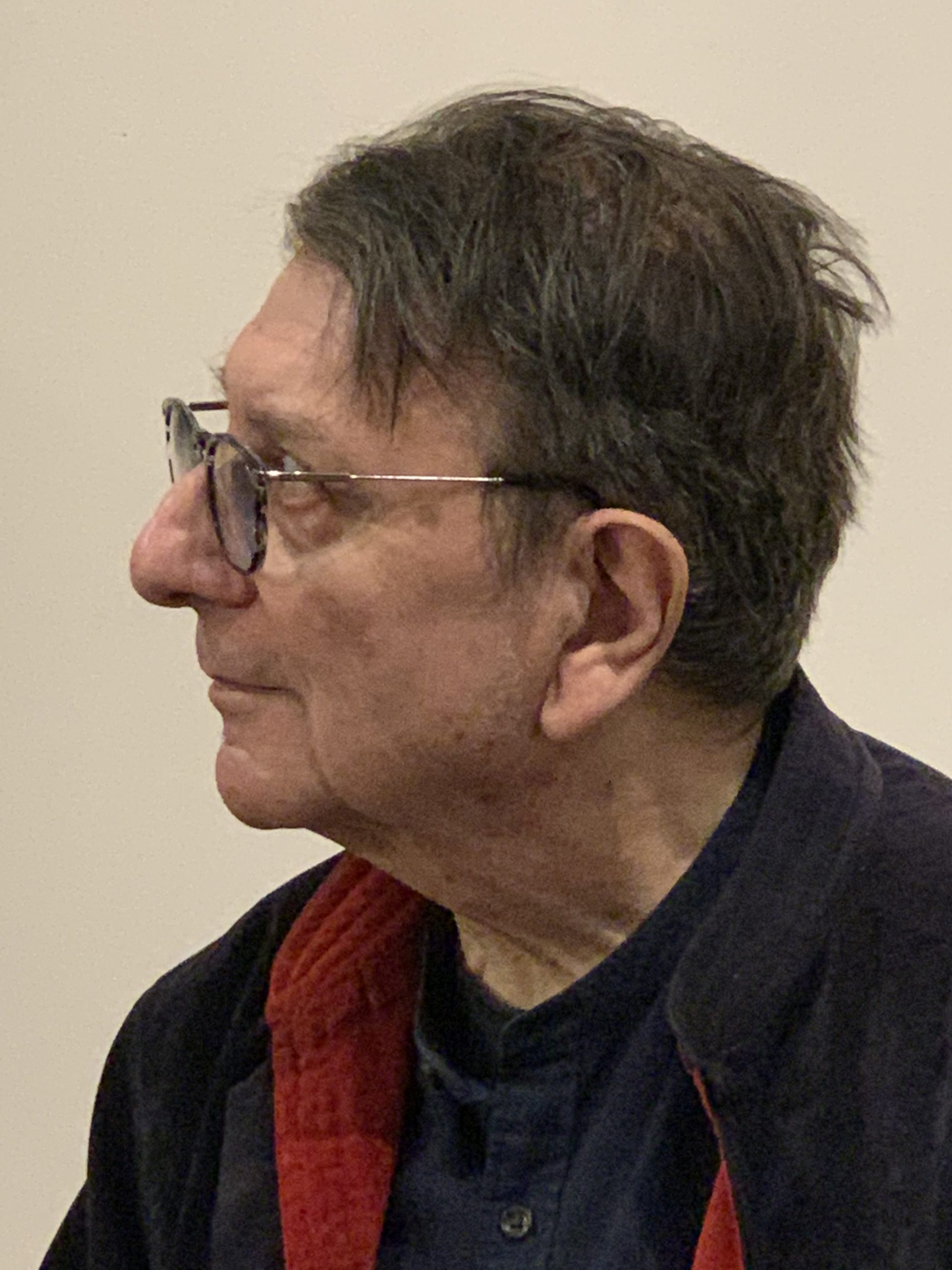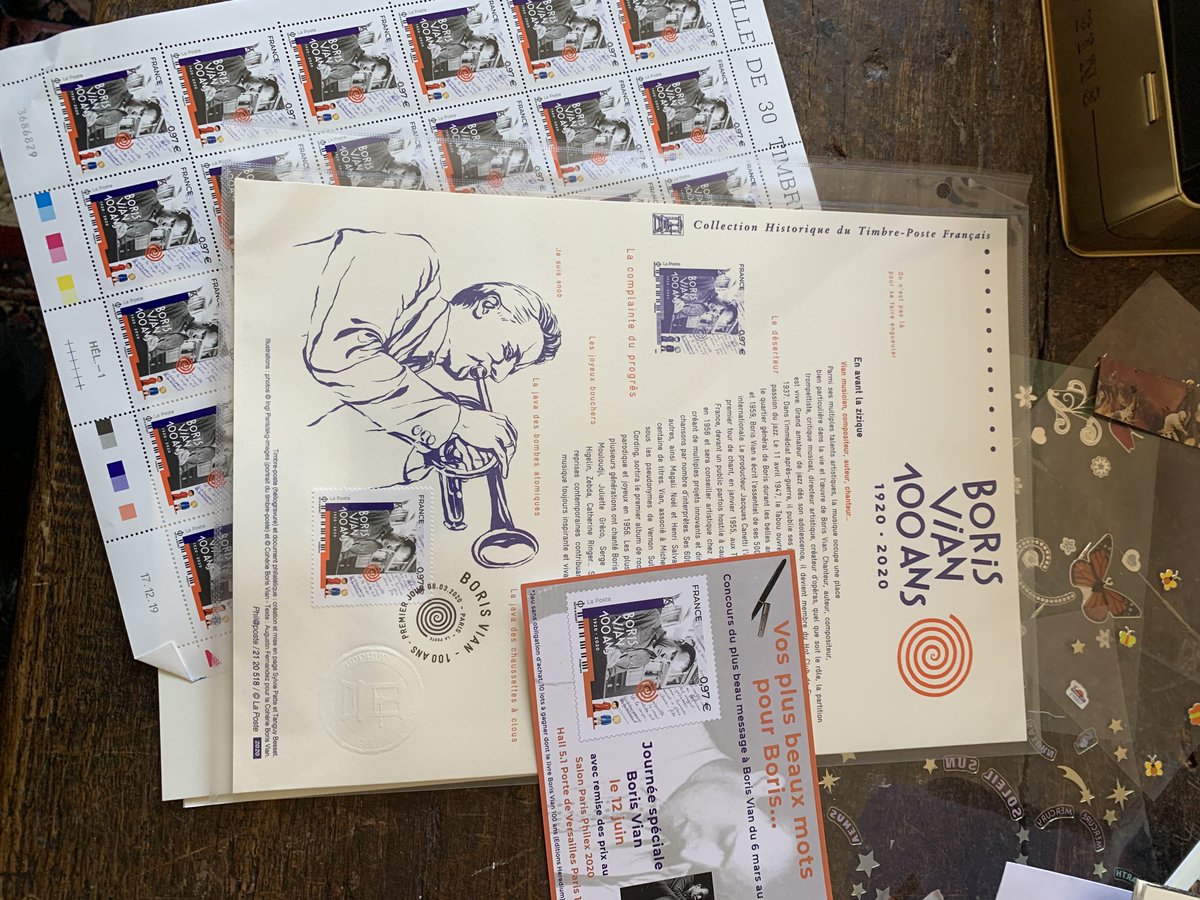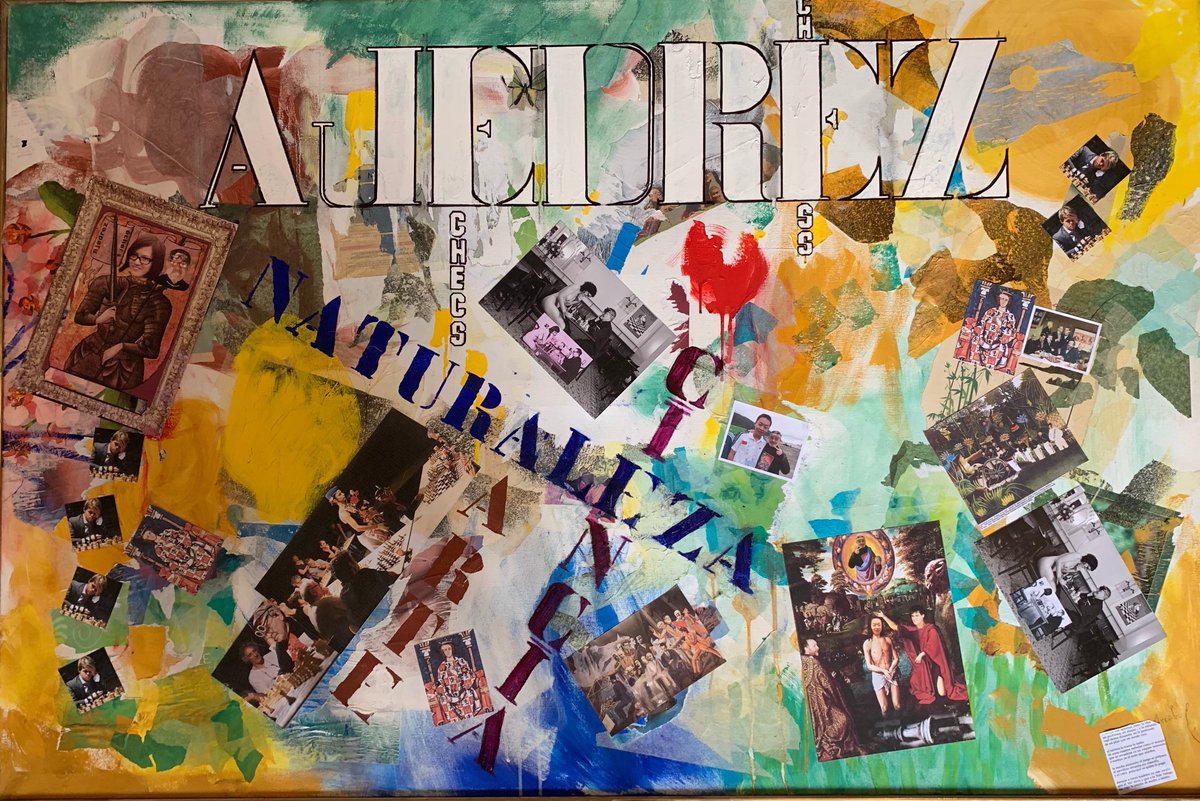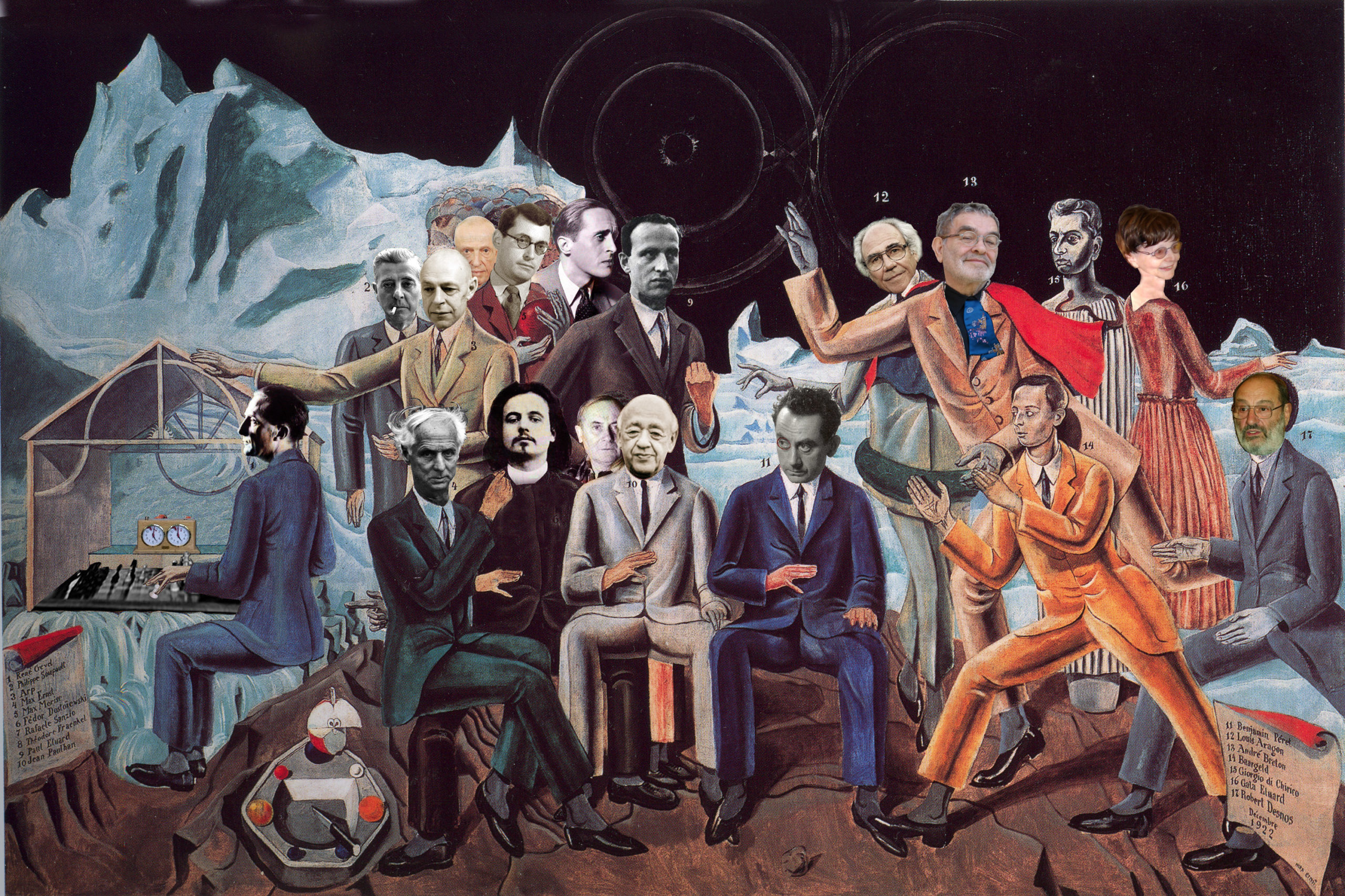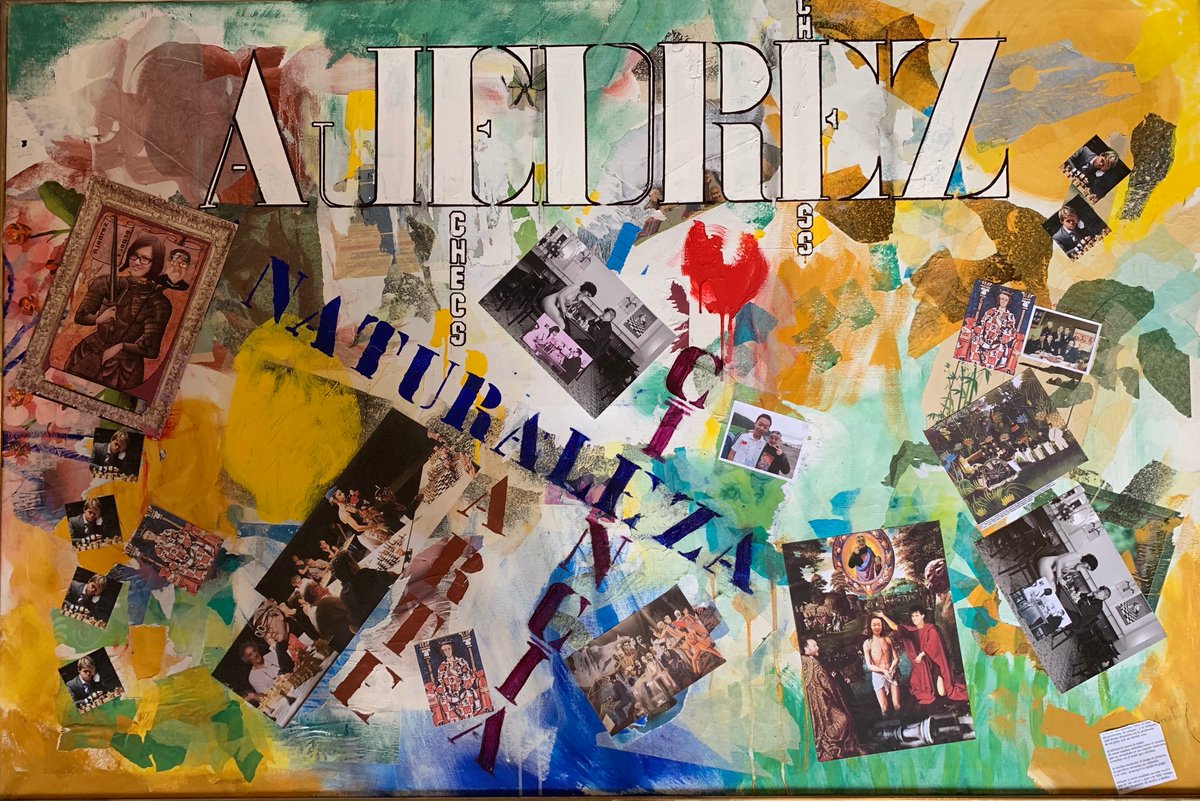
Otto Piene s’est occulté le 17 juillet 2014 à 86 ans.
Co-fondateur, avec Heinz Mack, du groupe ZERO.
Inventeur du Sky Art qui a révolutionné l’art du XXème siècle.
***
Fernando Arrabal: Mon ami, le génie Otto Piene, (l’involontaire héros du poème “…il était 7h 51′ “) s’est occulté à Berlin dans un taxi avec Ante Glibota
(nous venions de finir, à Paris, notre livre pour bibliophiles «Les nuits d’Héliogabale » de 80 cm x 120 cm, couverture « in wood »)
je me souviens comme il était, incendiant oublis et naufrages, avec sa femme, la grande poétesse Elizabeth Goldring
***
MAL DOLOR
… il était 7h 51′
le mercredi 10 juillet 2013
et nous pleurions
elle et moi
entourés du Tout-Paris
et peut-être du Tout-Berlin
et même des mille yeux du groupe Zéro
assis dans son fauteuil de fondateur
il y avait Otto Piene
en feu et en flammes
et Delanoë couvert
du rosso de maggiore
et nous pleurions
inconsolables
elle
qui est adulte
depuis quelques mois
et moi
qui suis chargé d’ans
depuis plusieurs siècles
Daniel Spoerri nous topographiait
depuis le hasard
comme s’il collectionnait
encore
des soupes
et Jean Tinguely
dansait
sur son squelette d’acier
pour nos fontaines de Stravinsky
parce que nos pleurions pour nous
seuls au monde
penchés sur le désespoir
entre Yves Klein
plus bleu que jamais
et Pol Bury
plus déséquilibré que ses sphères
entre Heinz Mack
aux écrans motorisés
et Ante Glibota
vibrant de lumière au scalpel
et tout le monde était là
et tout le monde nous regardait
mais nous ne le voyions personne
suspendus à nos larmes
oui tout le monde était beau
oui tout le monde était gentil
oui tout le monde était riche
oui tout le monde était généreux
oui tout le monde était célèbre
oui tout le monde était dévoué
oui tout le monde était artiste
oui tout le monde était moderne
et même d’avant-garde
mais nos larmes débordaient
inattendues
nous n’avions pas rêvé de fortune
nous n’avions pas rêvé de gloire
nous avions rêvé d’un espace et d’un temps
aussi inimaginables qu’impossibles
parce que nous songions
à des poèmes plastiques
à des images de beauté
de liberté
et de science
et nous pleurions
avec les larmes si malvenues
de notre mal dolor…
Fernando Arrabal, Paris nuit du 10 juillet de 2013, v
________________________________________________________________________________________________
THE NEW YORK TIMES JULY 18, 2014
ARTS
Otto Piene, German Artist of New Modes, Dies at 85
By Bruce Weber JULY 18, 2014

Otto Piene, a German painter and sculptor known for his experiments in kinetic art and for working at the junction of art, nature and technology, died on Thursday in Berlin, where he was attending the opening of a retrospective of his work. He was 86 and had homes in Düsseldorf and Groton, Mass.
His death was confirmed by Joachim Jäger, head of the Neue Nationalgalerie in Berlin. The retrospective, “Otto Piene, More Sky,” opened there and at Deutsche Bank KunstHalle on Wednesday as a joint project devoted to honoring Mr. Piene’s influential role in postwar German art.
In 1957, along with Heinz Mack, Mr. Piene (pronounced PEEN-uh) founded the Zero Group, a collection of artists dedicated to redefining art in the aftermath of World War II. Through the mid-1960s the group attracted adherents from Japan and the Americas as well as Europe. Their work — to be celebrated in an exhibition at the Guggenheim Museum in New York this fall — anticipated developments in land art, Minimalism, Conceptual art and performance art.
Among other things, the Zero artists explored new modes of painting, including monochromes and unusual materials: Mr. Piene himself experimented with smoke, soot and burned paint. They employed light, open space and movement as rudiments of artworks and used technology to create artistic effects.
Mr. Piene’s work included mechanized light sculptures. In one work, “Light Ballet,” exhibited at a New York gallery in 1965, a roomful of aluminum spheres, bulb-studded globes and brass columns, illuminated in sequence, glowed and dimmed in an endless program, enveloping viewers in a pattern of oscilloscopic blips and racing shadows.
In an interview at the time, Mr. Piene said he had been fascinated with light from boyhood, when he began contemplating how far a candle could throw its light and cast its shadow. During World War II, he recalled, he found the tracers and searchlights that striped and dotted Germany’s night skies “hectically beautiful.”

“Light is my medium,” Mr. Piene said. “I hate objects that just stand there demanding interpretation. Previously, paintings and sculptures seemed to glow. Today they do glow; they are active. They don’t merely express something; they are something.”
In the late 1960s, Mr. Piene began creating projects in the air over public spaces, events he called sky art. These were collaborations with scientists, engineers and often large groups of volunteers in which he created inflatable tubes or other balloonlike shapes made of polythene or other plastic substances, filled them with helium and allowed them to float above buildings or landscapes, which became backdrops for artistic events unfolding in the sky.Perhaps Mr. Piene’s best-known sky art was “Olympic Rainbow,” consisting of five different-colored polythene tubes, each more than 1,500 feet long, which were inflated and released to close the 1972 Summer Olympics in Munich.
Mr. Pience was born in April 1928 in Bad Laasphe, east of Cologne and Düsseldorf in west central Germany. He studied painting and art education at the Academy of Art in Munich and the Kunstakademie Düsseldorf and philosophy at the University of Cologne.He went to the United States in 1964 and taught at the University of Pennsylvania before becoming a fellow at the Center of Advanced Visual Studies, a provocative academic venture at the Massachusetts Institute of Technology that encouraged collaborations between artists and scientists. Mr. Piene became director of the center in 1974 and led it for nearly two decades, expanding its commitment to producing art for civic consumption. (The center has since merged with M.I.T.’s visual arts program.)
Under his leadership, the center created “Centerbeam,” a massive multimedia construction. Commissioned in 1977 by the Documenta 6 exhibition in Kassel, Germany, and later mounted on the National Mall in Washington, it involved 22 artists and a phalanx of scientists and engineers and featured laser-projected images on moving steam screens, solar-tracked holograms, a 144-foot water prism and helium-lifted sky sculptures.
In 1996, Mr. Piene received one of the four annual prizes for artists awarded by the American Academy of Arts and Letters. His works are in numerous museum collections around the world, among them the Museum of Modern Art in New York, áthe Walker Art Center in Minneapolis, the National Museum of Modern Art in Tokyo, the Stedelijk Museum in Amsterdam and the Centre Georges Pompidou in Paris.
“He was a developer and a discoverer,” Mr. Jäger said. “So many of his ideas are relevant today, from project-oriented work, to discussion-led thinking, to the ephemeral; all of that is now commonplace. That is a central contribution of his work.”
Mr. Piene’s survivors include his wife, the former Elizabeth Goldring, a poet and artist who also worked on “Centerbeam,” as well as four children, a stepdaughter and four grandchildren.
After his death, Mr. Piene was praised by Germany’s minister of culture, Monika Gruetters.“Many of his highly aesthetic works in public space were also a signal against the inhospitality of our cities,” Ms. Gruetters said in a statement. “By making light and movement a topic of many of his objects and installations, he pointed out new ways for the fine arts.”
Melissa Eddy contributed reporting from Berlin.A version of this article appears in print on July 19, 2014, on page B8 of the New York edition with the headline: Otto Piene, German Artist of New Modes, Dies at 85. Order Reprints|Today’s Paper|Subscribe
German artist Otto Piene, known for his colourful paintings and gigantic open-air sculptures, has died aged 86.
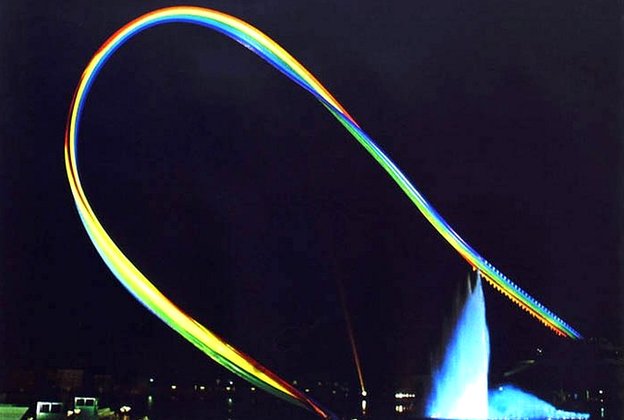
A leading figure in technology-based art, his most famous work was the 1,600ft Rainbow that lit up the Munich sky at the end of the 1972 Olympics.
Piene died on Thursday, shortly after the opening of an exhibition of his work at Berlin’s Neue Nationalgalerie.
He had been “full of happiness” at the opening on Wednesday, said Germany’s Der Taggespiel newspaper.
According to the Berliner Morgenpost, Piene died while in a taxi on his way to continue preparations for a “Sky Art Event” at the Neue Nationalgalerie on Saturday.
The gallery has not confirmed whether the event will go ahead in tribute to the artist.
Zero Group
Piene was born in Bad Laasphe, Germany, in 1928 and studied art in Munich and Dusseldorf, as well as taking a degree in philosophy at Cologne University.
He founded the influential European post-war movement Group Zero with Heinz Mack in 1957, as part of an effort to transform and redefine art in the aftermath of the Second World War.
The name referred to the countdown for a rocket launch and, according to the group, was meant to evoke “a zone of silence [out of which develops] a new beginning”.
“Artists after the war turned against technology, because war is technology,” Piene explained to Art in America magazine in 2010. “Zero was about the pure possibilities for a new beginning.”
The experimental movement was the precursor of minimalism and conceptual art, and they challenged people’s perceptions of art, space and materials.
Piene developed the Grid Picture, a type of stencilled painting made from half-tone screens, which led to his Light Ballet series, in which light from moving torches was projected through grids, altering the viewer’s perception of space.
He was also known for Rauchbilder (smoke pictures), in which the artist applied solvent to pigmented paper and set it on fire, before creating images from the soot.
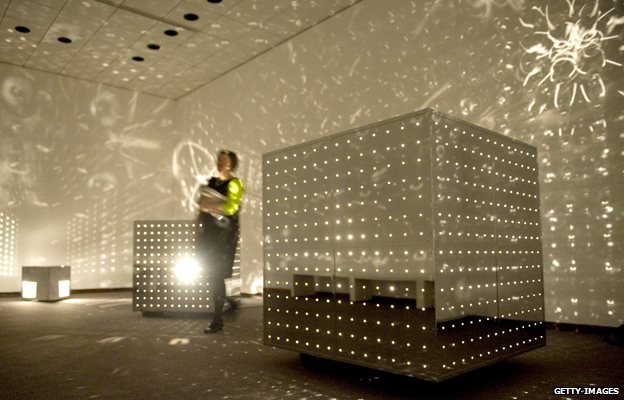

But his biggest projects were his “Sky Art” – including the Olympic Rainbow, which consisted of five multi-coloured helium-filled polythene tubes, which illuminated the sky over Munich’s Olympic Park.
Speaking in 2006, the artist said it had been “a moving and important experience,” after the Palestinian terrorist attack which left 11 Israeli athletes and one German policeman dead.
The decision to go ahead with the closing ceremony, and to float the rainbow above it, gave the nation an “incredible release”, Piene said.
“People really got the feeling that there was a reason to hope, that not everything from now on would be disaster, death and destruction.”
In 1974, Piene was appointed director of the Massachusetts Institute of Technology’s Center for Advanced Visual Studies. He retired in 1993.
At recent public appearances, he used a walking stick or wheelchair to get around.
His death was confirmed on Friday by Markus Farr, a spokesman for the Friends of the Neue Nationalgalerie, which organised his most recent exhibit.
st
Fallece Otto Piene a los 86 años
Perdió la vida a poco tiempo de haber presentado su exhibición “Mas Cielo” en la Nueva Galería Nacional de Berlín.
Otto Piene tenía 86 años, murió repentinamente el jueves, poco después de inaugurar su exhibición « Más cielo » en la Nueva Galería Nacional de Berlín. Su deceso fue confirmado el viernes por Markus Farr, un vocero del grupo Amigos de la Nueva Galería Nacional que ayudó a organizar la muestra.
La ministra de Cultura alemana Monika Gruetters y el dramaturgo español Fernando Arrabal calificaron a Piene como uno de los últimos grandes padres del arte moderno de posguerra.
« Muchas de sus obras altamente estéticas en espacios públicos también fueron una señal contra la inhospitalidad de nuestras ciudades », dijo Gruetters en un comunicado. « Al hacer de la luz y el movimiento un tópico de muchos de sus objetos e instalaciones, remarcó nuevos modos para las bellas artes ».
Piene nació en 1928 en Bad Laasphe, en el oeste de Alemania, y estudió en las academias de bellas artes en Munich y Duesseldorf. Junto al artista Heinz Mack, fundó en 1957 el influyente movimiento europeo de posguerra grupo ZERO, que trató de romper los límites tradicionales de las bellas artes experimentando con luz, aire, movimiento, fuego y metal.
En 1974 Piene fue designado director del Centro para Estudios Visuales Avanzados del Instituto de Tecnología de Massachusetts (MIT), del que se retiró en 1993.
Su obra se ha exhibido en más de 100 galerías y museos alrededor del mundo y en 1972 se expuso en los Juegos Olímpicos de Munich.
Piene estaba finiquitando los últimos detalles para el Sky Art Event, una muestra al aire libre en el museo, con esculturas plásticas inflables iluminadas, que se inauguraba el sábado.
« De acuerdo con los deseos de la familia del artista, el Sky Art Event se llevará a cabo » como estaba planificado, dijo Farr.
La agencia alemana de noticias dpa dijo que Piene será sepultado en Estados Unidos, donde vivió por muchos años en Groton, cerca de Boston.
Le sobreviven su esposa e hijos.
__________________________________________
Otto Piene : double exposition posthume à Berlin
Berlin rend un hommage à Otto Piene, au travers d’une double exposition. La première ici, à la Neue Nationalgalerie. Elle met à l’honneur l’une des œuvres emblématiques de l’artiste intitulée ‘La Prolifération du Soleil’. Véritable ballet lumineux sur fond de diapositives peintes à la main. Une installation créée au début des années 60.
Otto Piene: “ Sans lumière, on ne peut pas vivre, on ne peut pas travailler, on ne peut pas manger, ni boire. La lumière est à la fois source d‘énergie et de nutriments ; sans lumière, nous mourrons. Et cela vaut pour les animaux comme pour les humains. À part cela, la lumière, c’est également l’un des plus beaux phénomènes du cosmos, de la vie et du monde. “
Concours de circonstances tragique, Otto Piene, est décédé la veille du vernissage. Ses proches ont choisi de maintenir la manifestation. L’occasion pour le grand public de découvrir ou redécouvrir la fascination de l’artiste pour la lumière et les phénomènes optiques. Une passion qui le mènera aux quatre coins du monde, il passera notamment plus de 25 ans aux Etats-Unis.
Otto Piene: “ Je ne sais pas si je suis né ‘citoyen du monde’, mais ma vie, en tout cas, a été ‘internationale’, ‘dans les catacombes’ comme dit le dramaturge espagnol Fernando Arrabal. L’obsession de la ‘nation’ ne nous a pas apportées que des bonnes choses à travers l’histoire. La meilleure chose que les nations nous aient apportée, c’est la Coupe du monde de foot ! C’est la seule bonne chose. “
En quête de renouveau artistique, Otto Piene avait co-fondé à la fin des années 50 le groupe ZERO, ou comment donner des formes à l’universalité.
Avec Fernando Arrabal il venait d’achever, à Paris, le livre pour bibliophiles «Les nuits d’Héliogabale » de 80 cm x 120 cm, couverture « in wood ». ‘More Sky’, la seconde exposition berlinoise consacrée à l’artiste défunt se tient jusqu’au 31 aout à la Deutsche Bank Kunsthalle.
